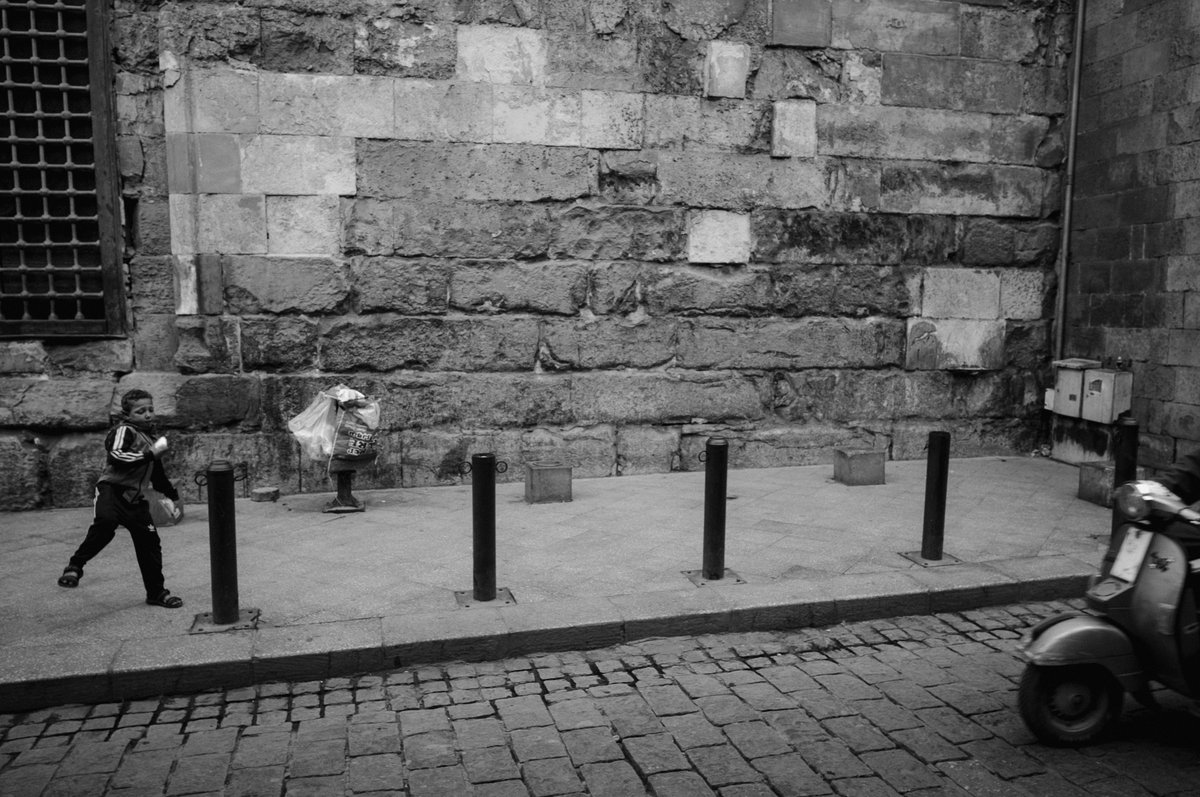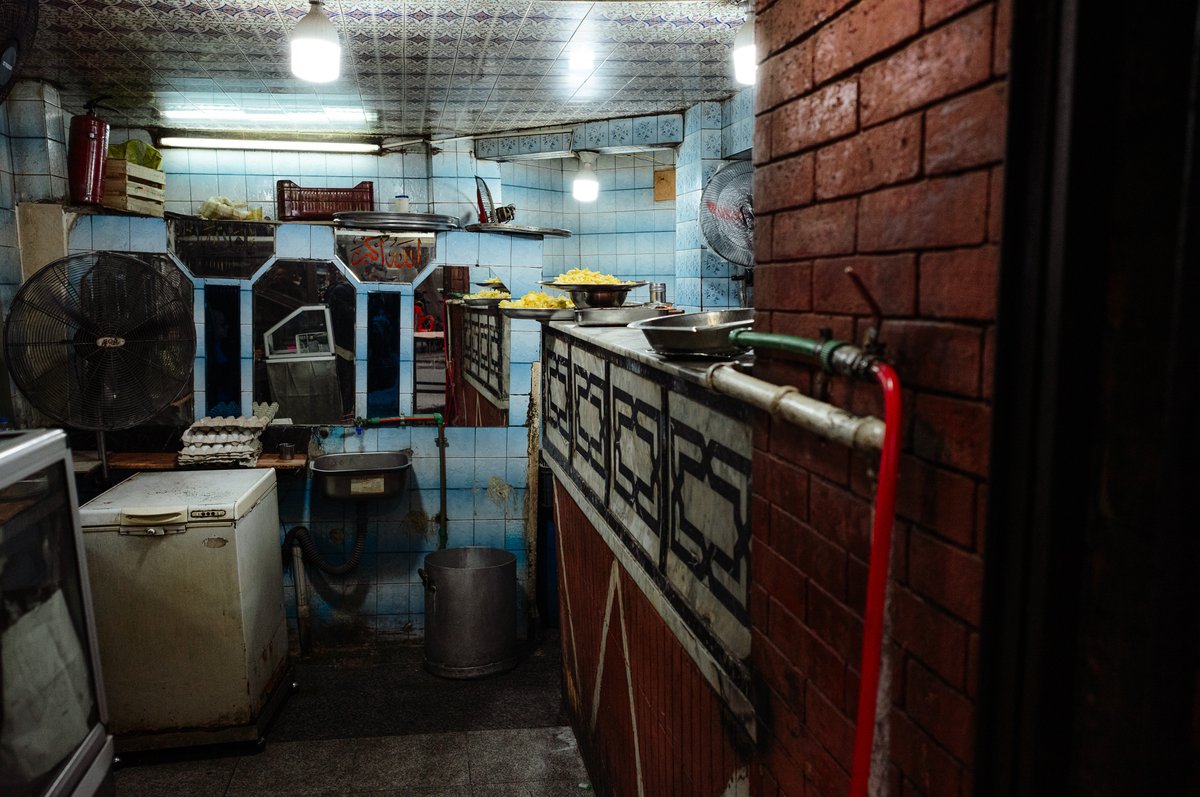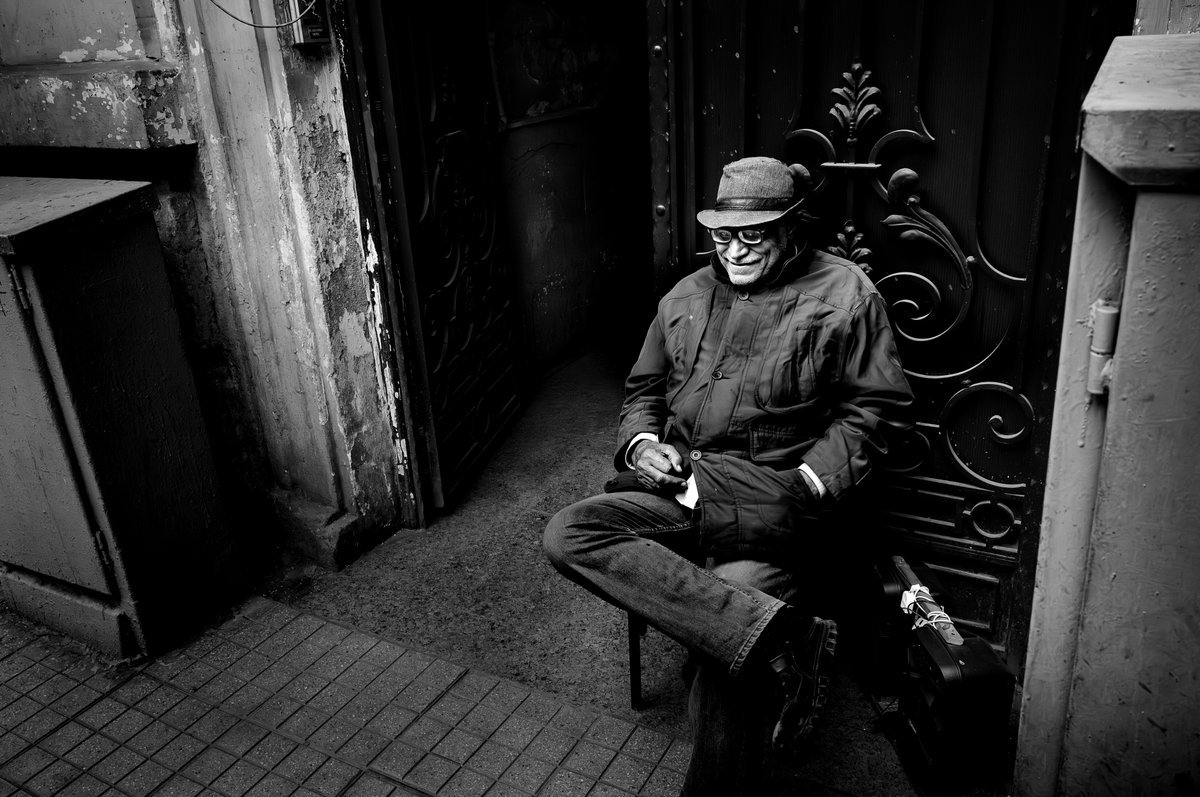In November 2024, I found myself in Egypt. The plan was to visit Cairo, then move to the Siwa Oasis, return to Cairo for a flight to Aswan, and finally make stops in Luxor and Hurghada.
The flight brought us to Cairo, a city that immediately felt chaotic. From the moment you arrive, the city overwhelms you with its dust, endless traffic, and constant honking. We landed at night, and the ride to the city center was relatively quick. However, the anarchy on the roads and the nonstop car horns gave us a glimpse of what was to come.
We headed out that night to explore the city and grab something to eat at a local restaurant. Personally, Cairo reminded me of an Arabic version of Cuba. The streets were full of life, with people everywhere and some truly unique shops lining the roads.
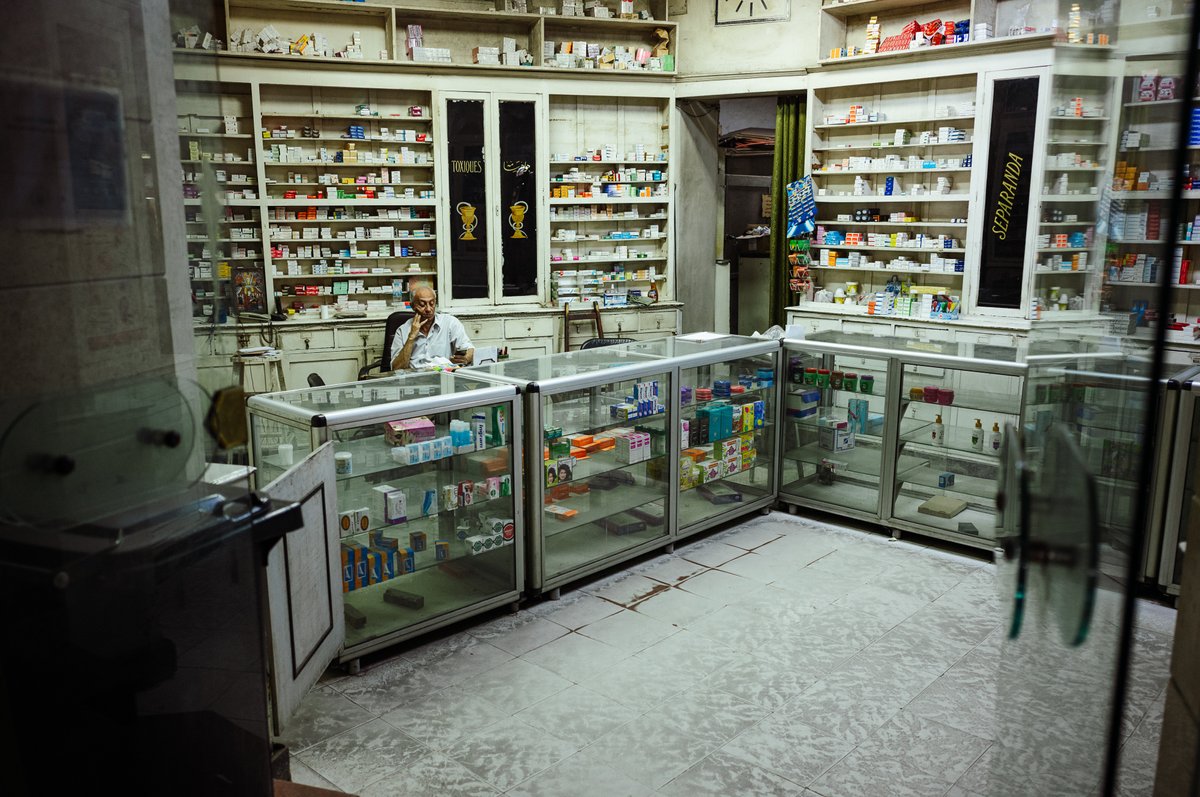
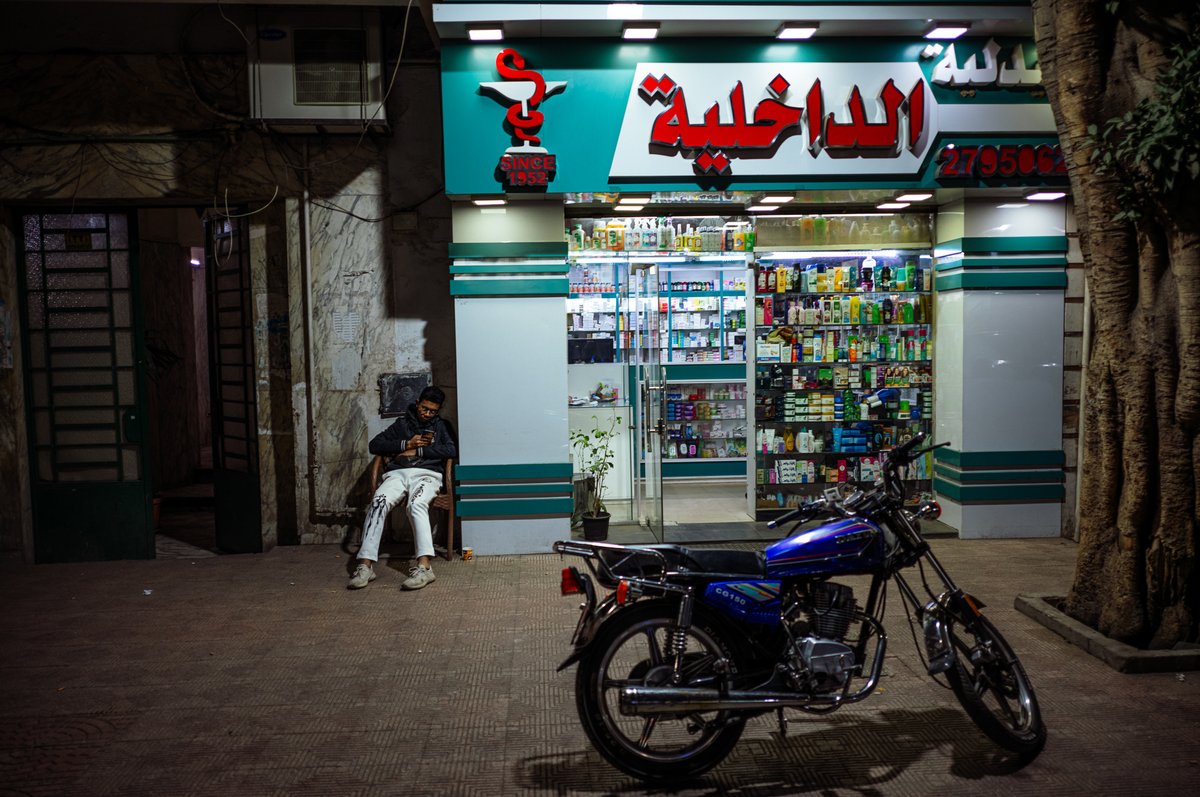
The streets were crowded with people, and in many places, men were gathered in cafes with plastic chairs watching football or smoking shisha. The deeper you wandered into the narrow alleys, the more interesting things you found. Lighting was scarce, but every corner offered something different.
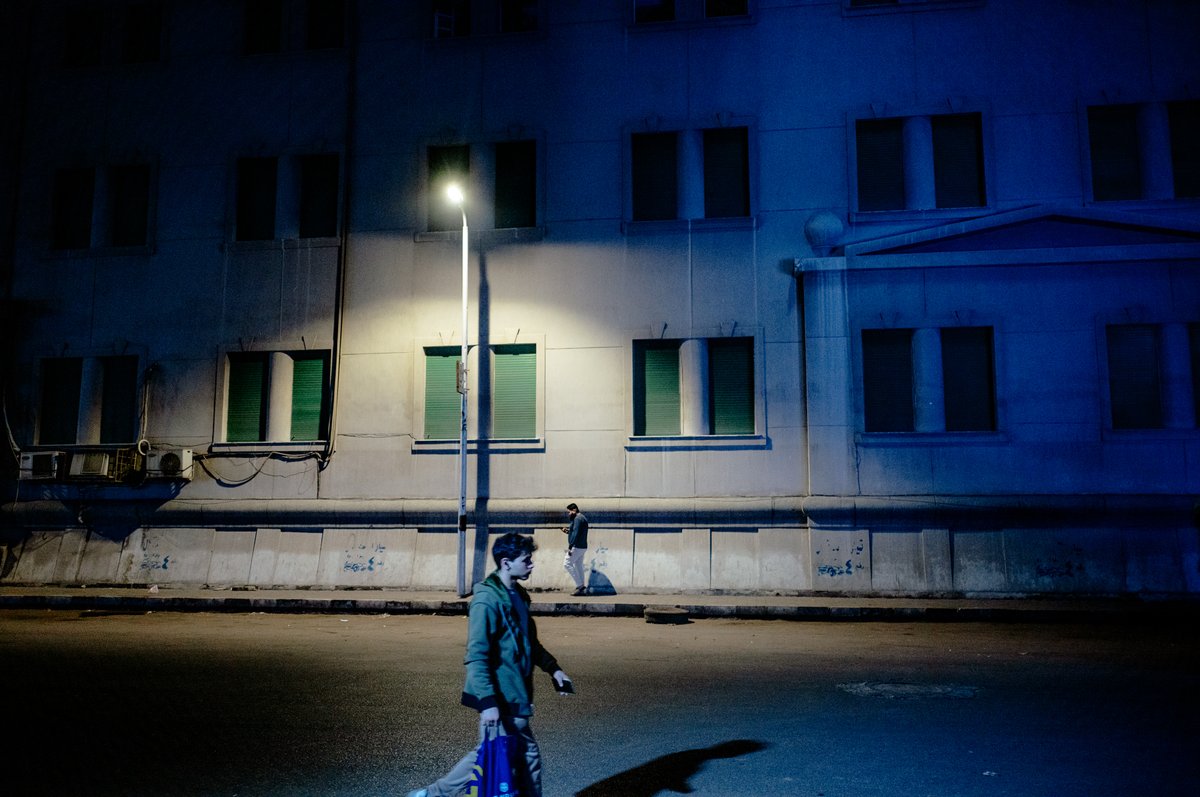
At one point, we came across two men watching football in what appeared to be an improvised living room, likely a shop during the day. It was fascinating to see life happening on the streets—so different from European culture, where we increasingly isolate ourselves at home instead of engaging in communal spaces like we used to.
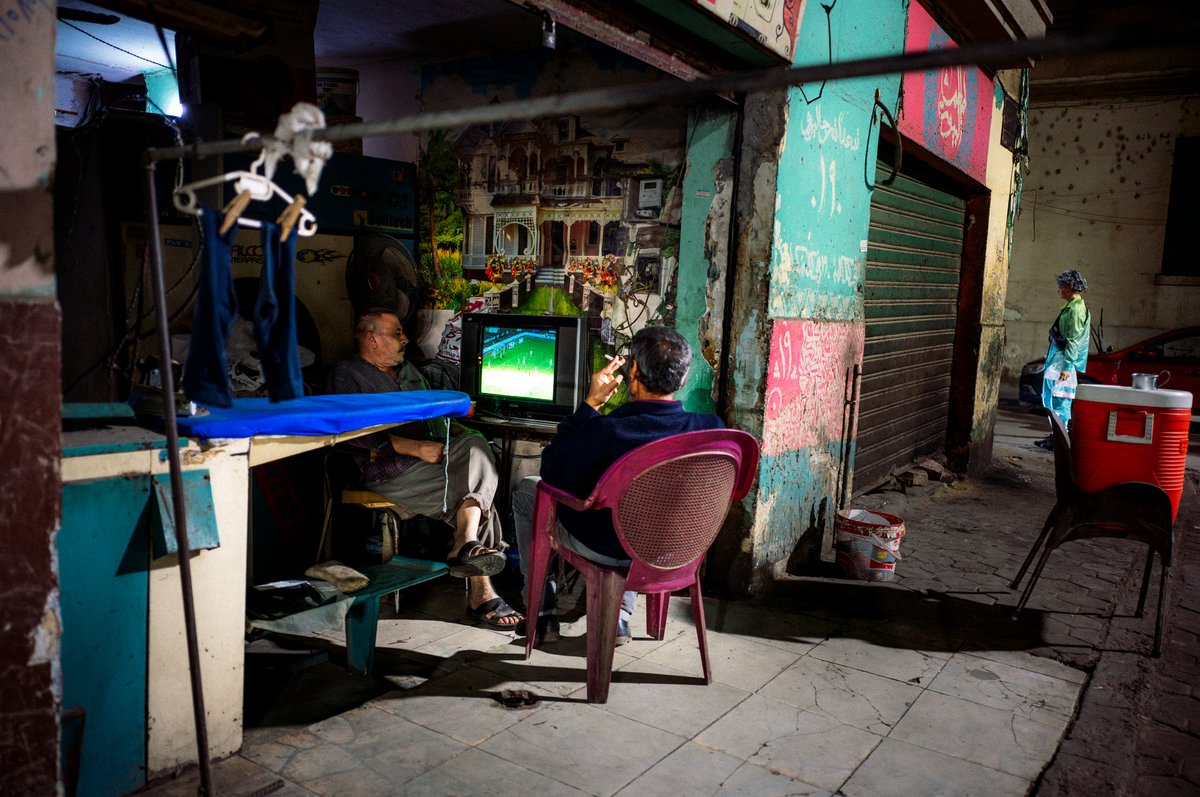
The next day, we visited Giza to see the pyramids. No matter how much you've read or heard, nothing truly prepares you for the sheer size and scale of these monuments. We explored the pyramids on foot, taking our time to appreciate them in peace.
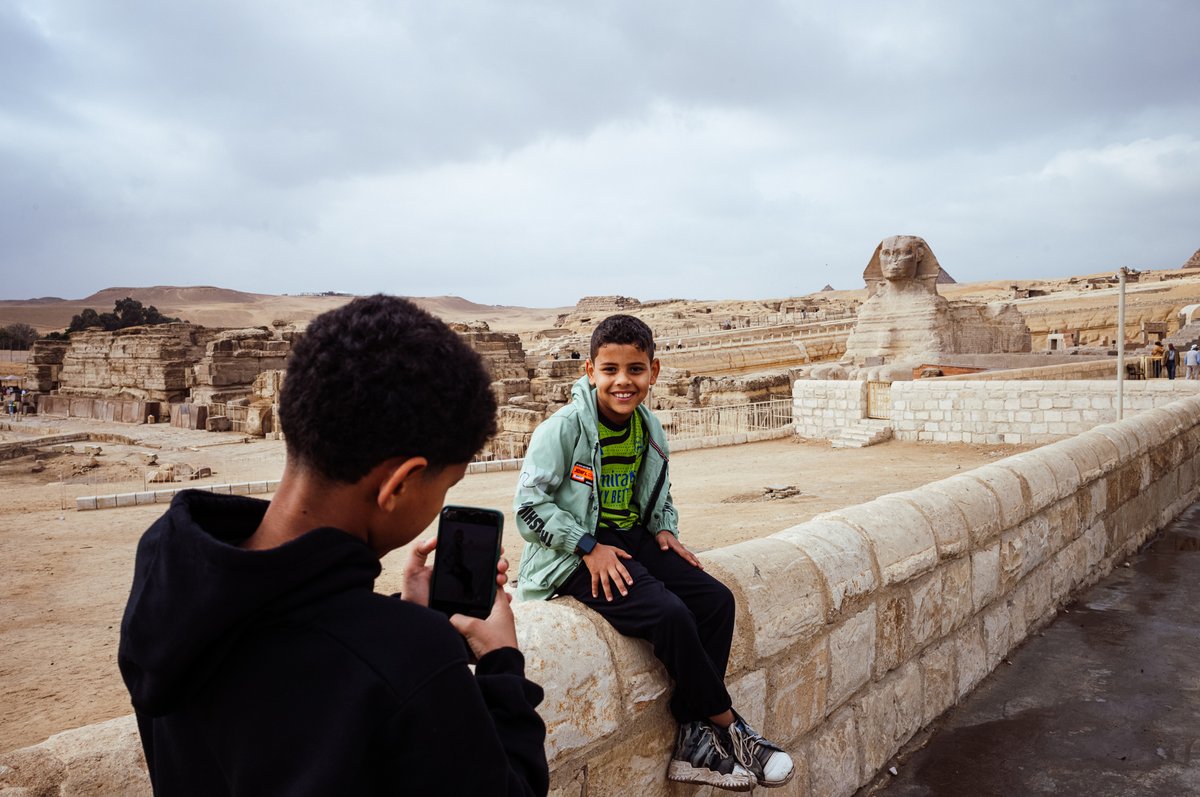
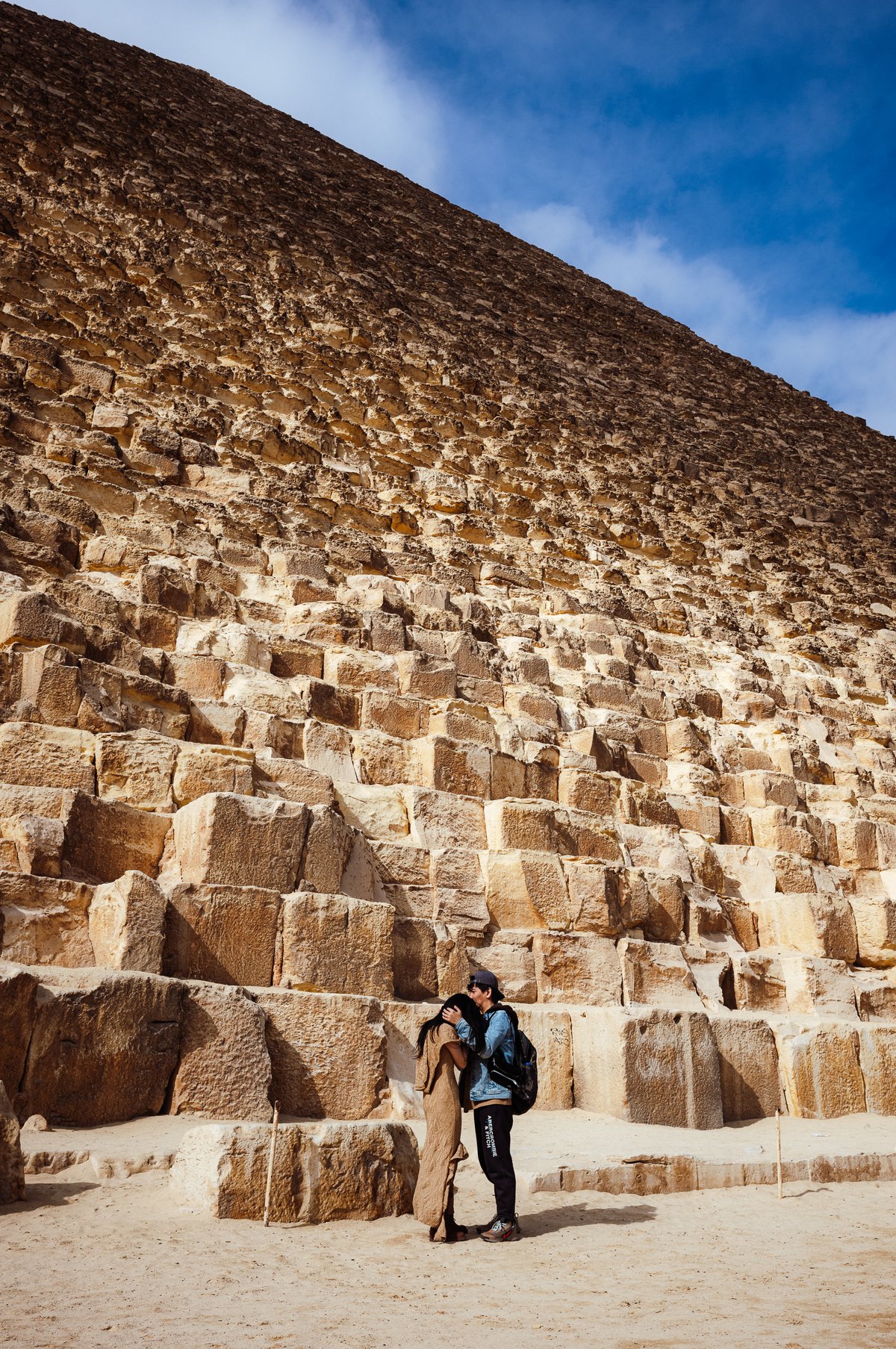
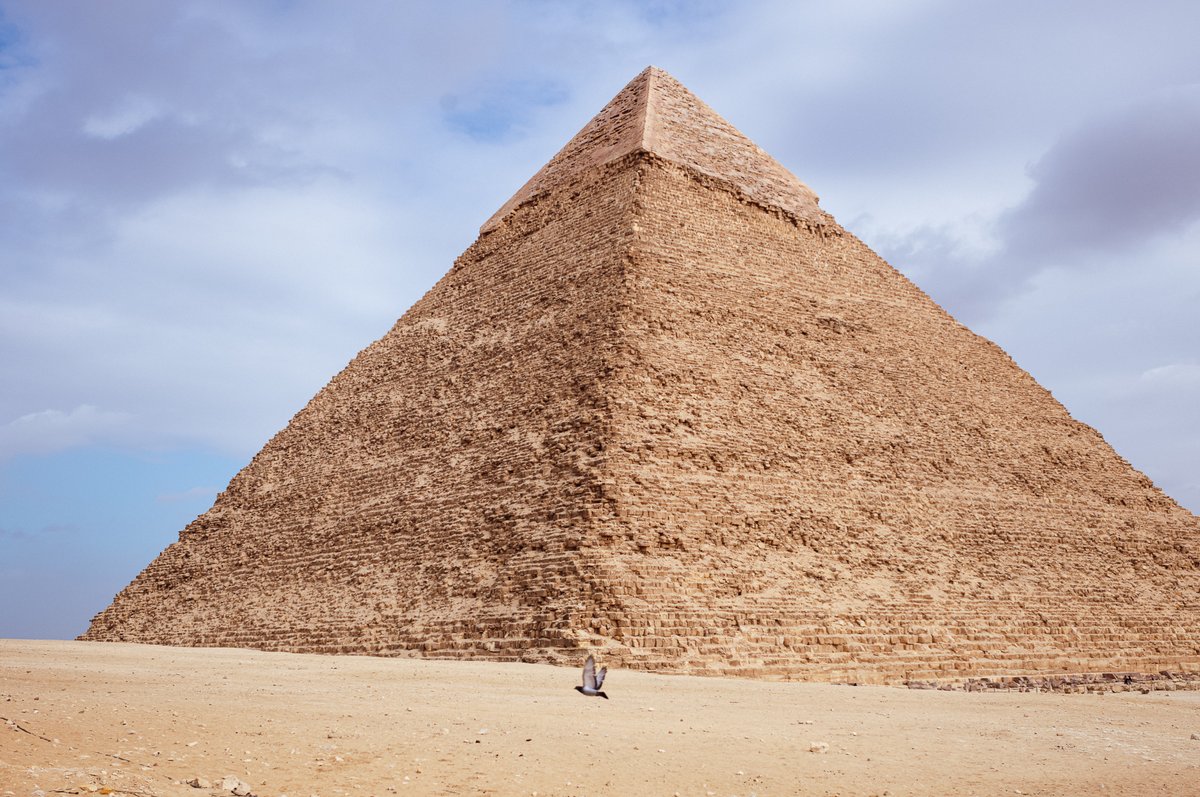
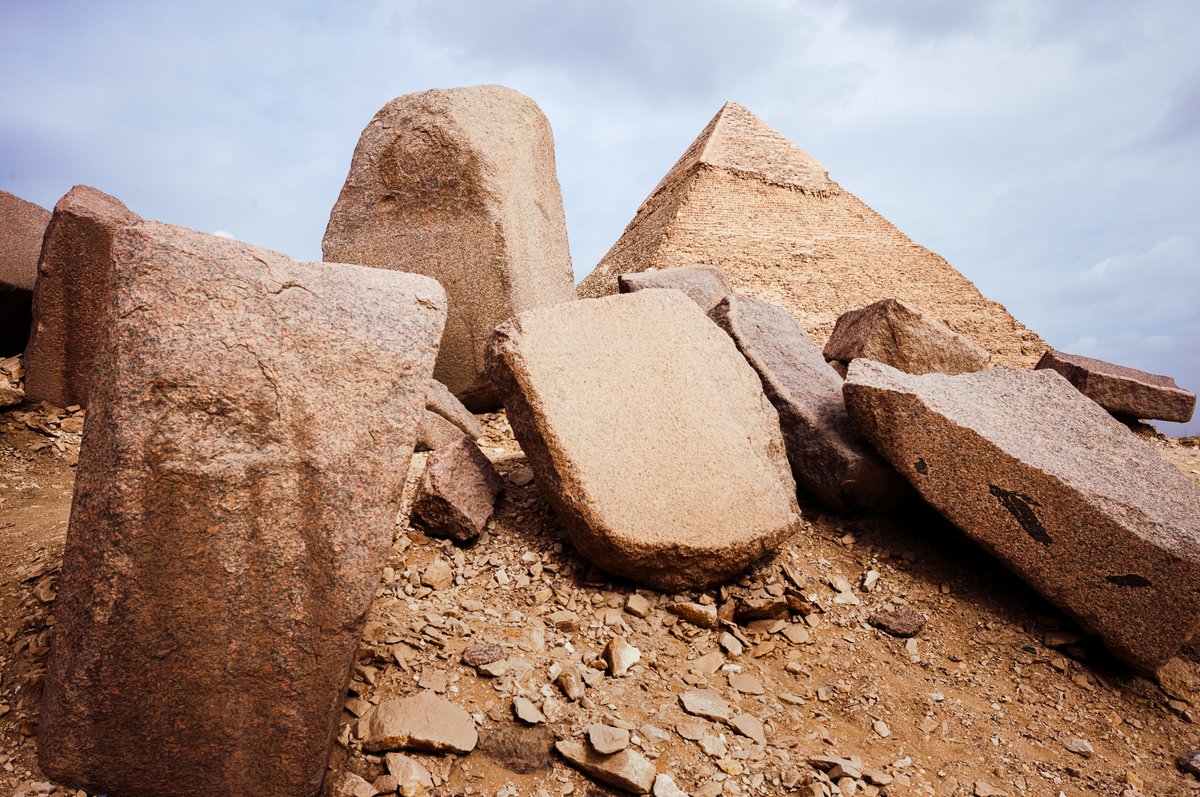
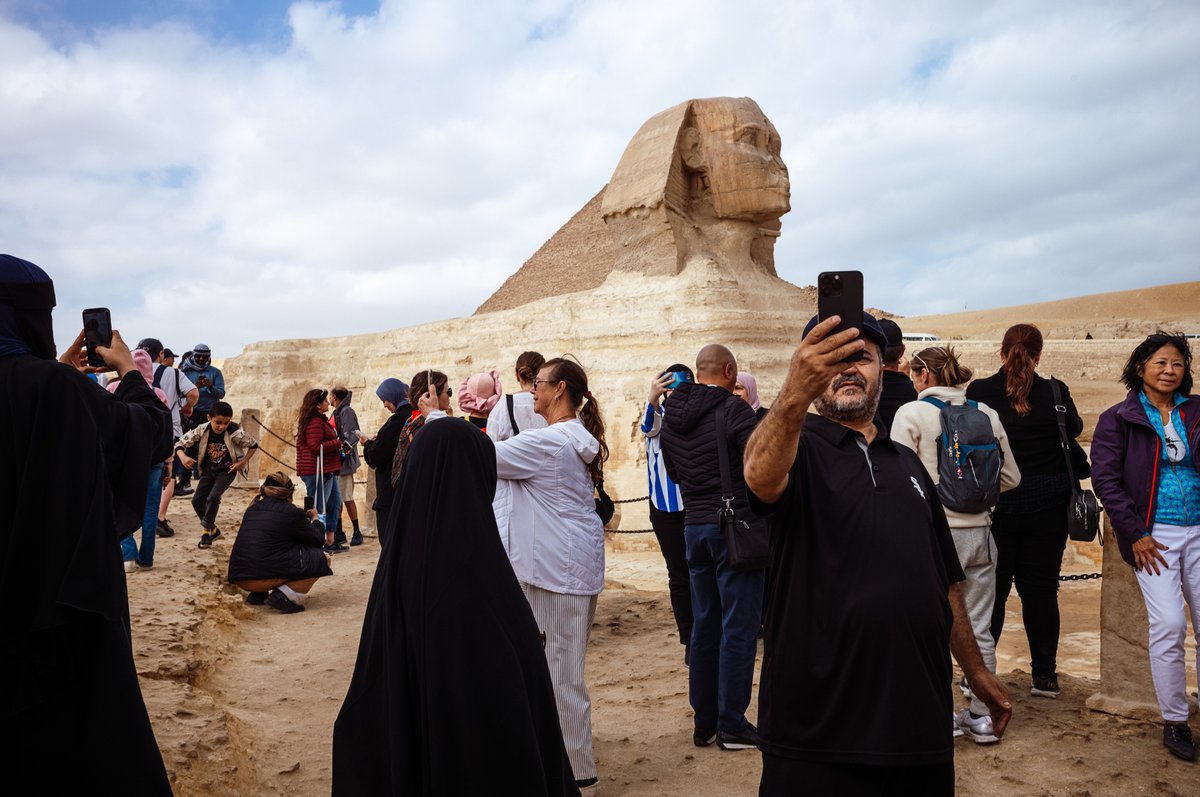
Later, we visited the old archaeological museum, which at the time was still in the process of transferring many exhibits to the new Grand Egyptian Museum.
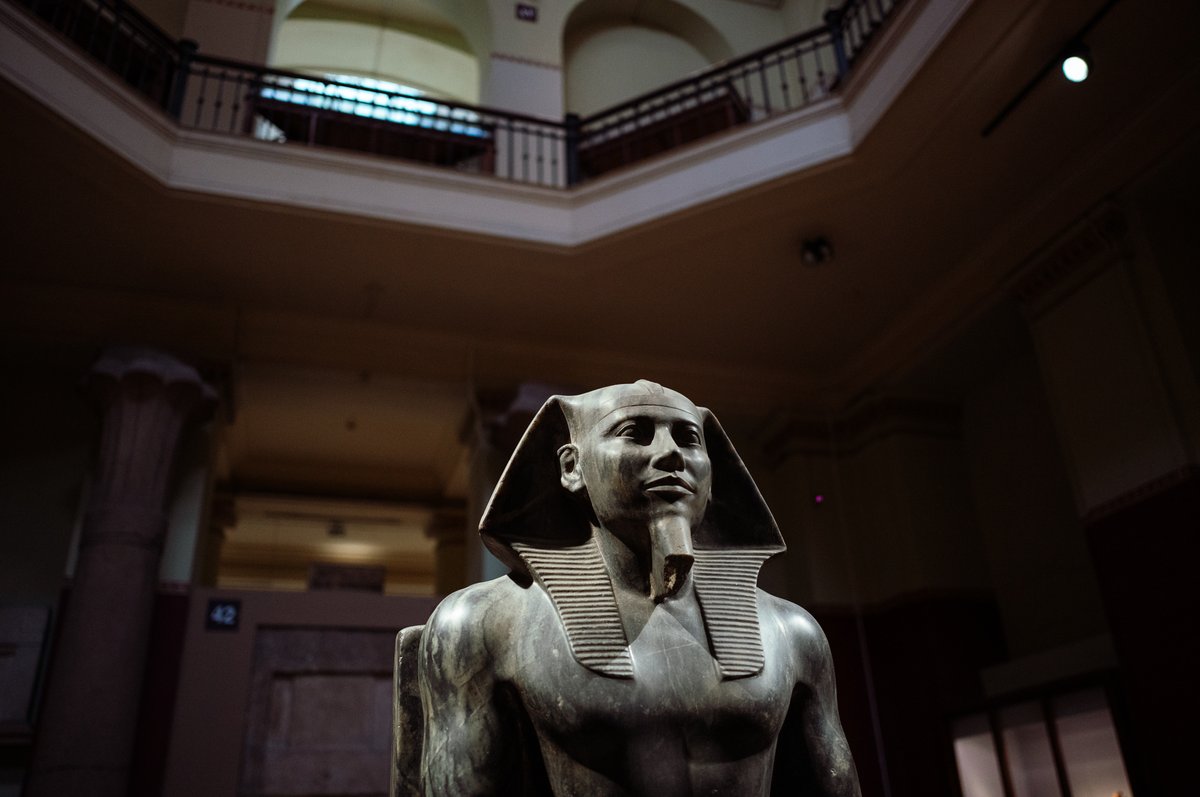
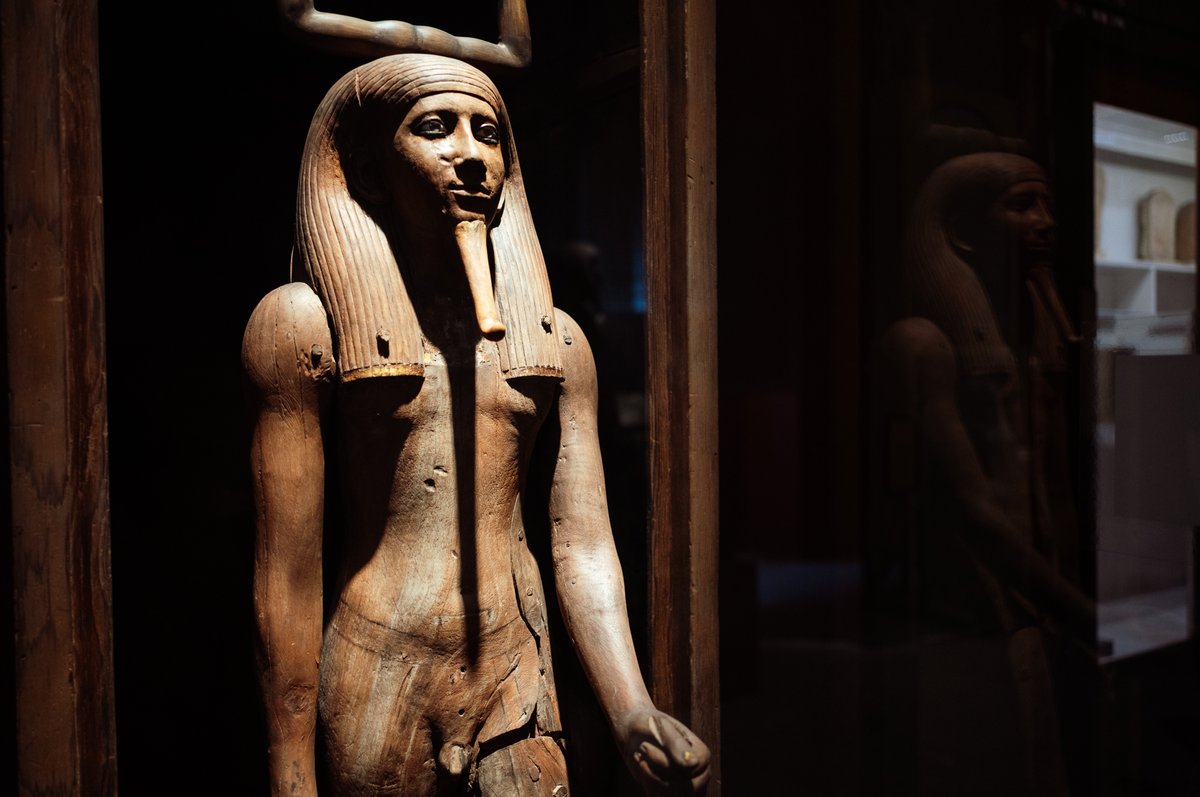
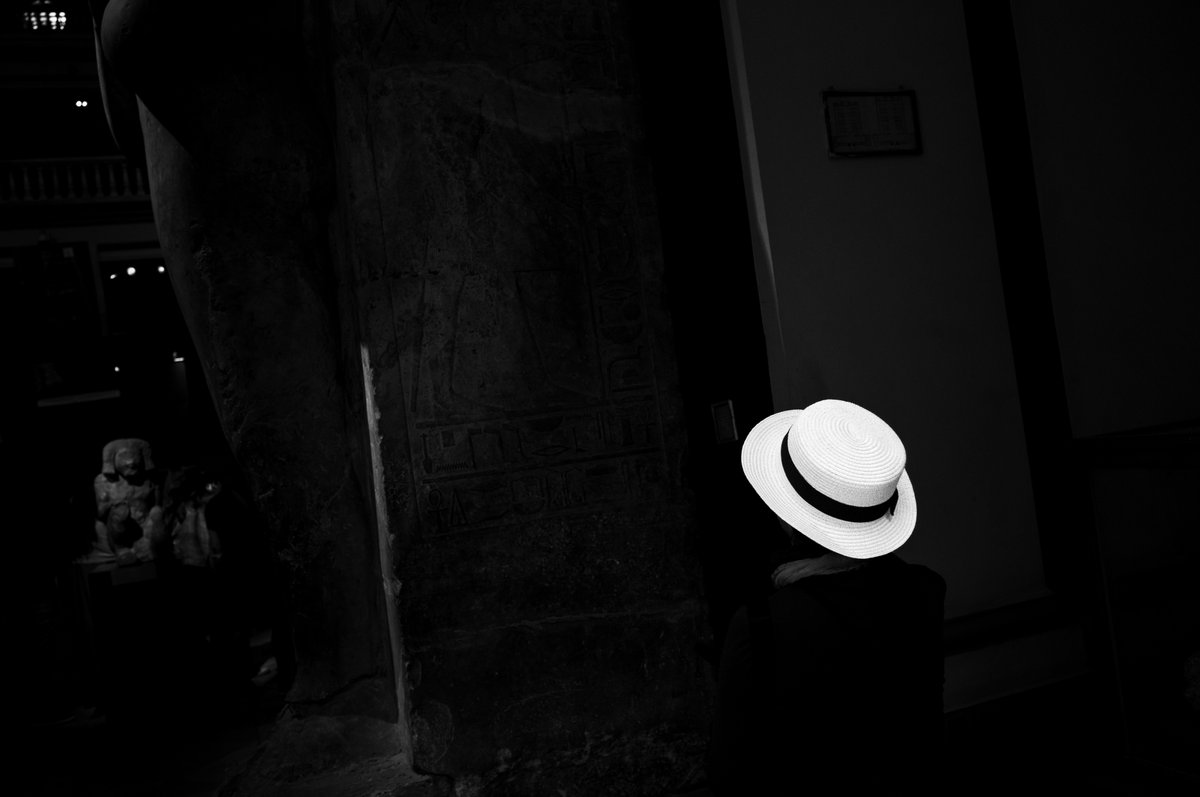
That evening, we strolled along the Nile, which is a cultural experience in itself. Many Egyptians don’t have access to high-quality cameras or smartphones, so photographers line the bridge crossing the Nile to offer their services. They usually use bright-colored plastic cases for their cameras, often yellow, along with a flash, and they wait to take photos of passersby. Most of their customers are Egyptians or visitors from other parts of the country who want proof they’ve been to Cairo.
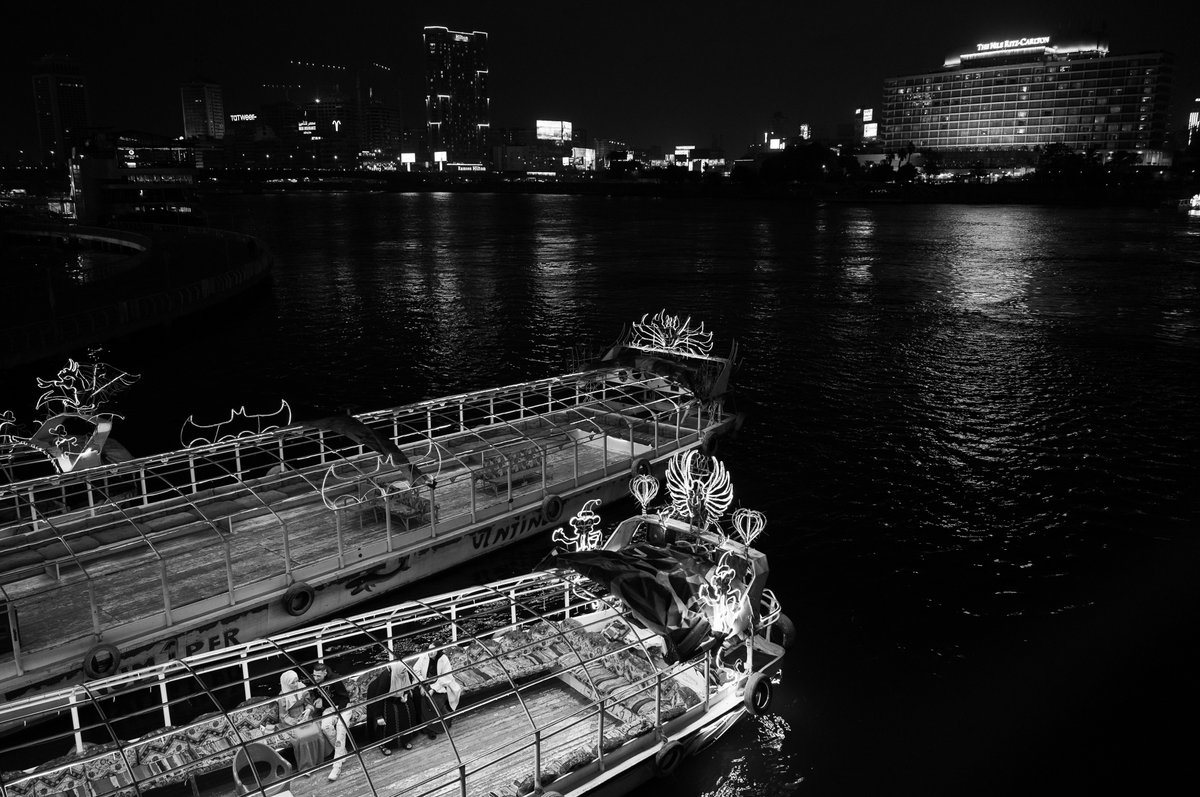
On our third and final day in Cairo, we dedicated the morning to exploring markets. We got lost in countless alleys full of local shops catering primarily to residents. It took us two hours to reach the famous Khan el-Khalili market, passing through neighborhoods and shops selling everything imaginable.
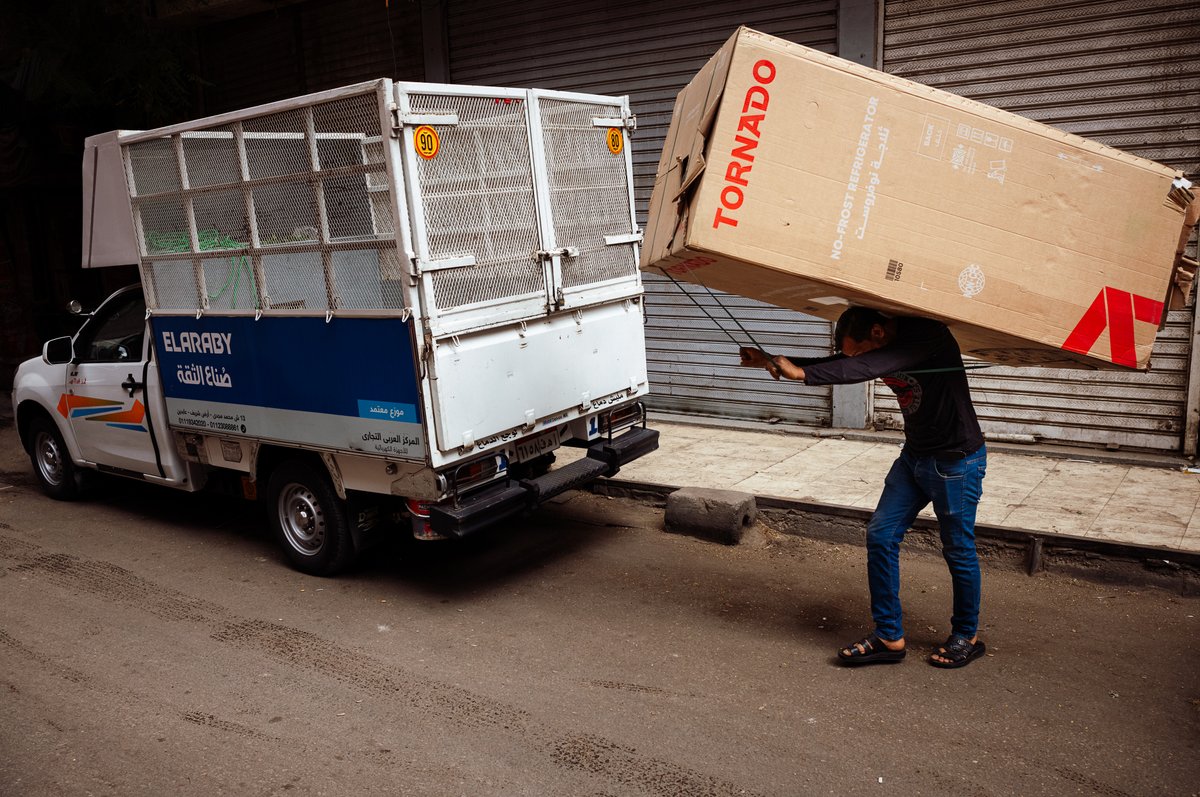

At Khan el-Khalili, you could find everything from craftsmen shining shoes to shops and small local cafes.
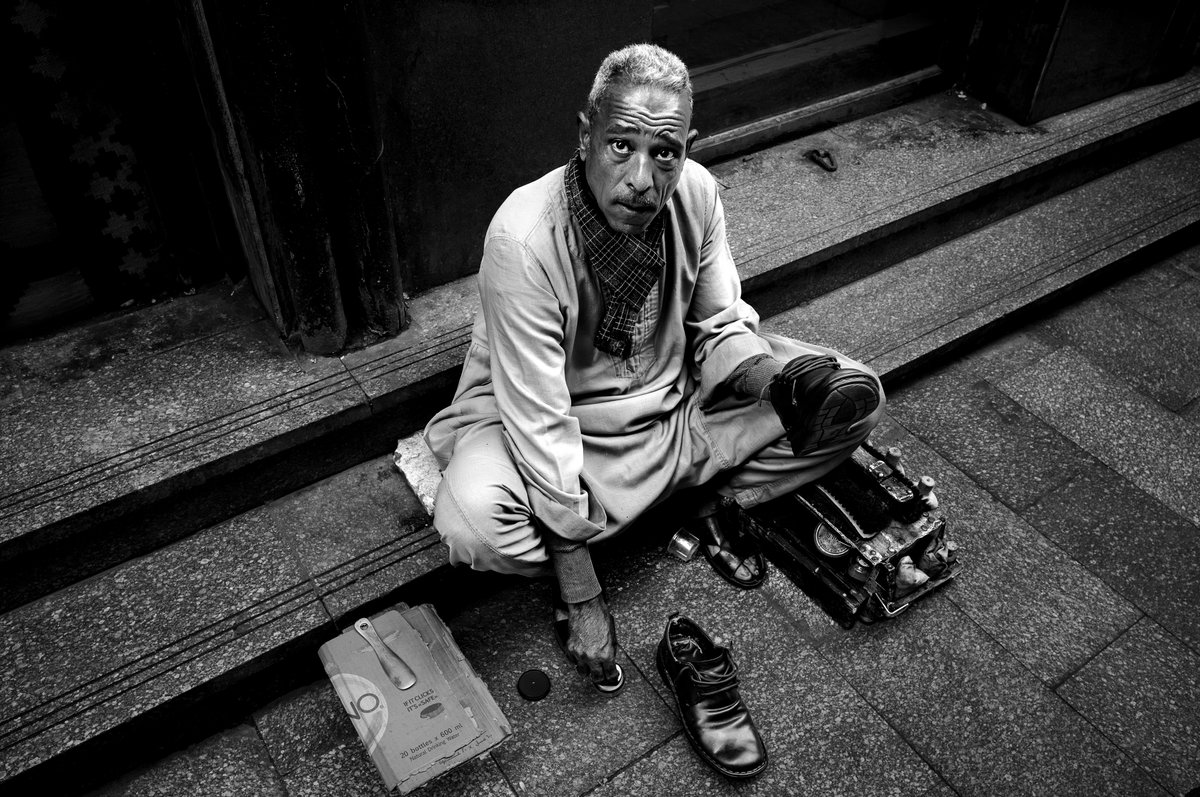
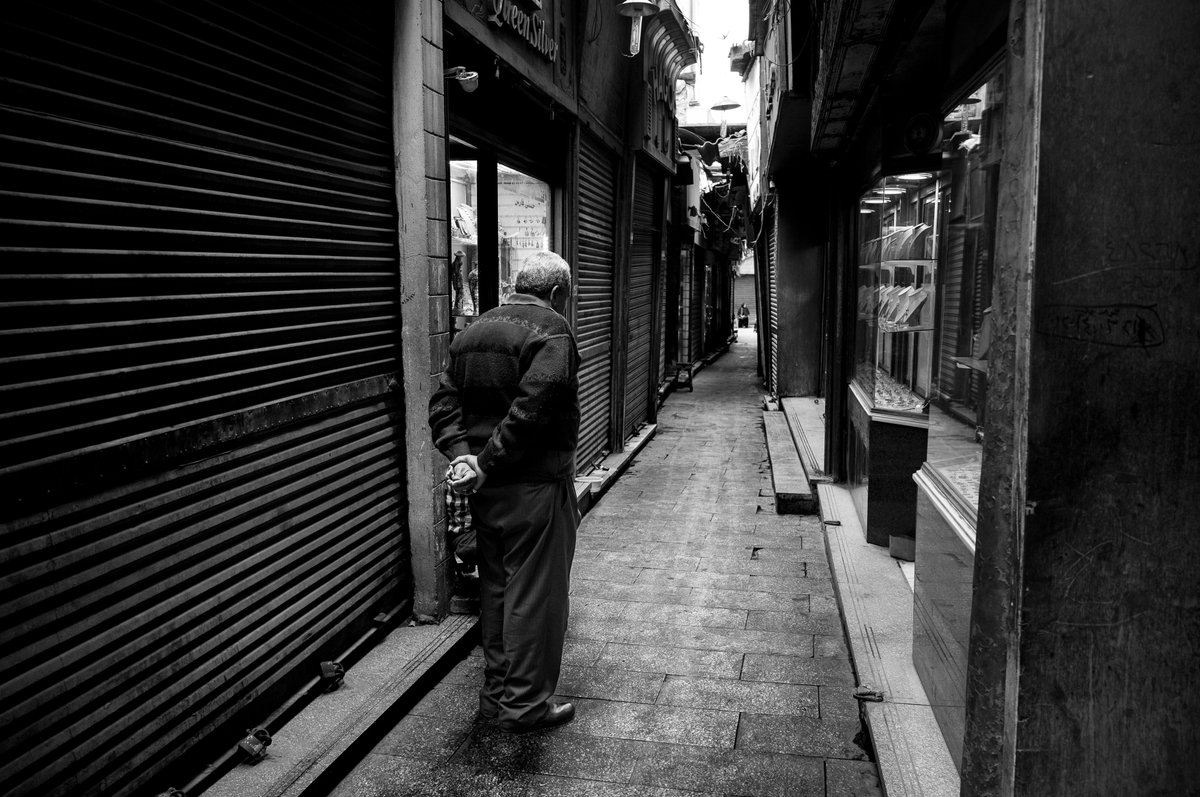
Leaving the market was a challenge. The narrow, crowded streets seemed endless, and as you made your way out, the noise from street vendors and the sheer number of people created a sense of chaos. Occasionally, the market opened up to meet a road, offering a brief moment of space, but these areas were filled with loud peddlers and the sounds of cars adding to the frenzy.
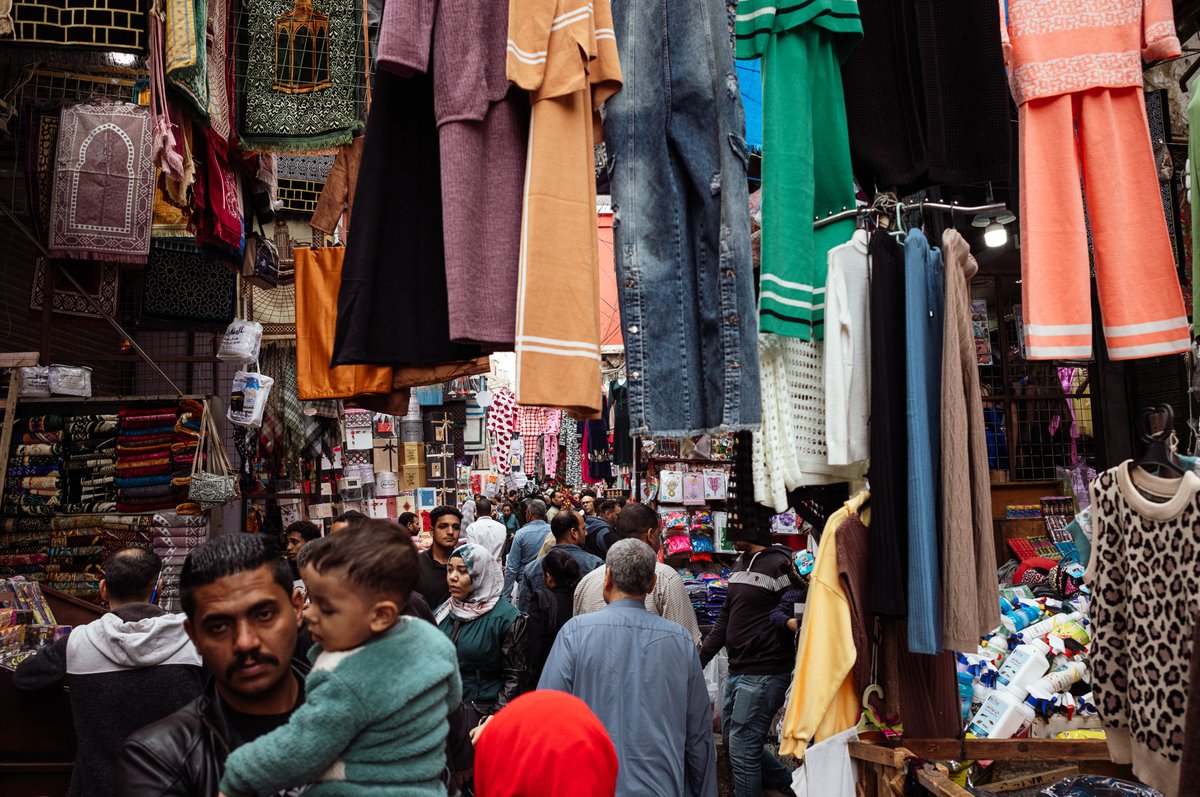
We ended the day with one last stroll through Cairo, where we stumbled upon a charming shop run by a father and his son.
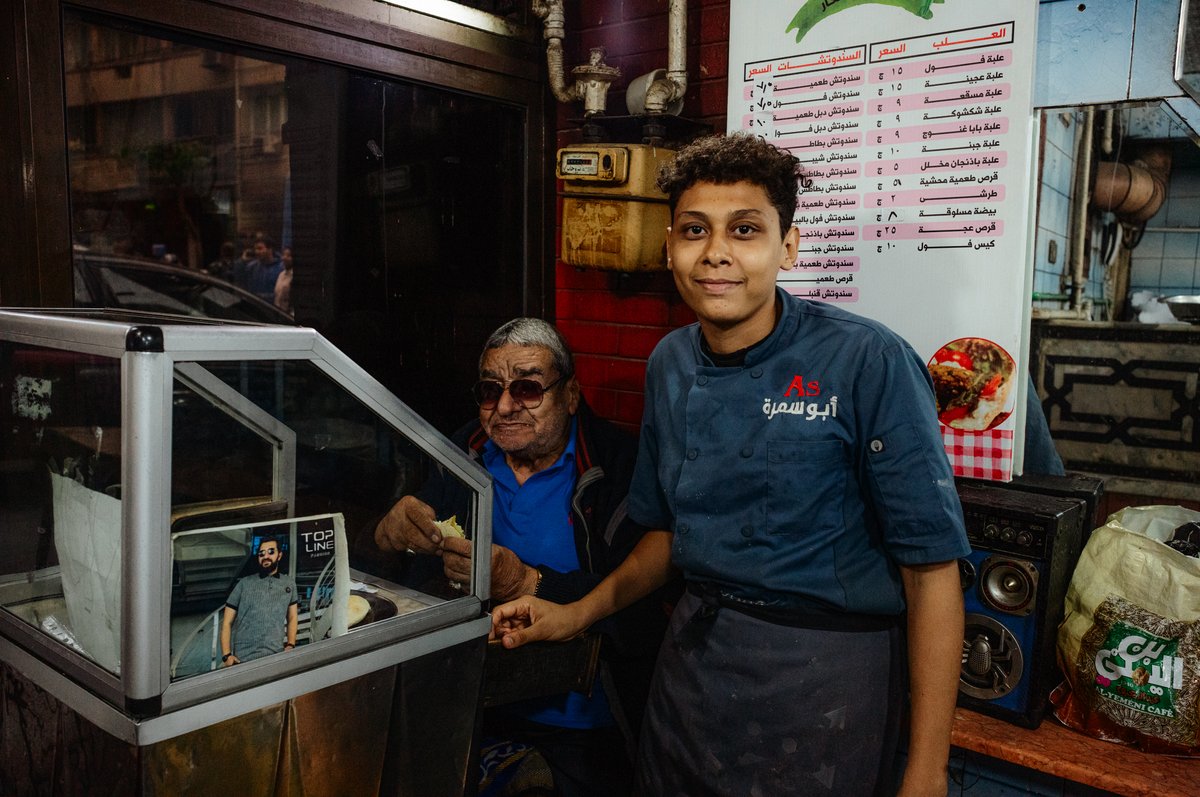
Cairo is an incredible destination for street photography, but you need to be quick. People are very reactive to cameras—they’ll either smile or ask you to take their portrait (often asking you to send it to them later via WhatsApp). Capturing candid moments requires speed and precision.
Until next time!
